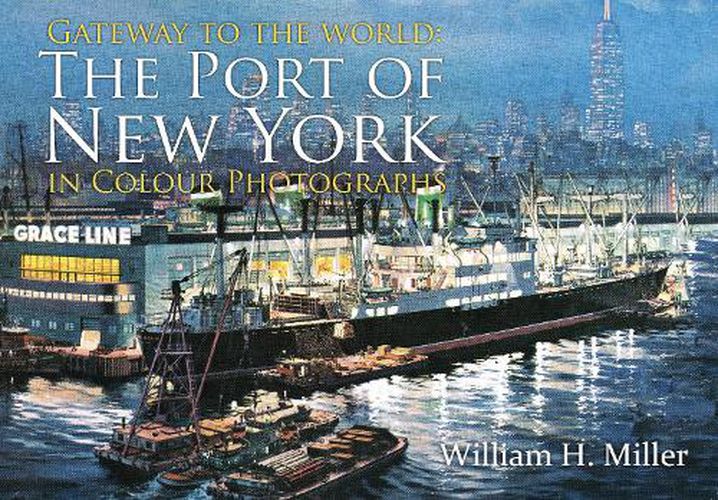Readings Newsletter
Become a Readings Member to make your shopping experience even easier.
Sign in or sign up for free!
You’re not far away from qualifying for FREE standard shipping within Australia
You’ve qualified for FREE standard shipping within Australia
The cart is loading…






The port of New York has been a centre for trade since the eighteenth century, when it was involved in trade between Europe, Africa and North America. However, its real expansion came in the nineteenth century when increasing industrialisation and the development of canals and then railways caused a huge expansion in the port. At the start of the twentieth century, the age of the ocean liner, and of mass emigration, made New York the busiest port in the world in 1910.
The expansion continued as the twentieth century went on; although emigration tailed off following the First World War, the First and Second World Wars made New York an embarkation centre for troops heading to Europe and North Africa and the home of numerous naval and other military bases. Although trade patterns changed drastically after the Second World War, the Port of New York has remained a major commercial centre. In this book, William H. Miller uses a wonderful collection of colour photographs to show how it has changed.
$9.00 standard shipping within Australia
FREE standard shipping within Australia for orders over $100.00
Express & International shipping calculated at checkout
The port of New York has been a centre for trade since the eighteenth century, when it was involved in trade between Europe, Africa and North America. However, its real expansion came in the nineteenth century when increasing industrialisation and the development of canals and then railways caused a huge expansion in the port. At the start of the twentieth century, the age of the ocean liner, and of mass emigration, made New York the busiest port in the world in 1910.
The expansion continued as the twentieth century went on; although emigration tailed off following the First World War, the First and Second World Wars made New York an embarkation centre for troops heading to Europe and North Africa and the home of numerous naval and other military bases. Although trade patterns changed drastically after the Second World War, the Port of New York has remained a major commercial centre. In this book, William H. Miller uses a wonderful collection of colour photographs to show how it has changed.